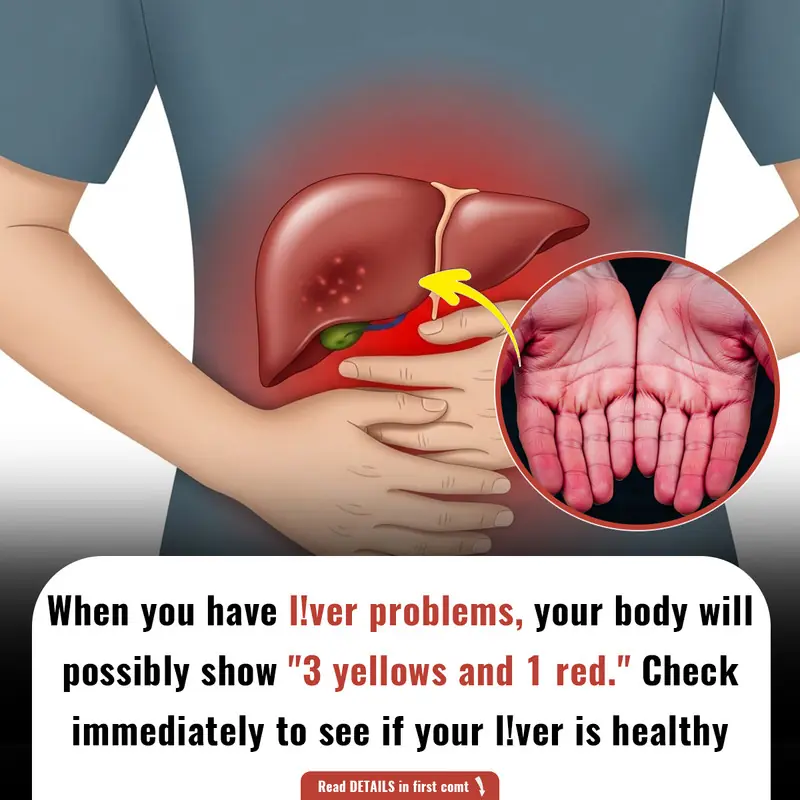
Doctor reveals two little-known signs of skin cancer that everyone misses
Skin cancer is a prevalent concern worldwide, and its rising rates make early detection critical to survival. Although many are aware of the more obvious signs of skin cancer, such as changes to existing moles or the appearance of new growths, a leading dermatologist has identified two lesser-known symptoms that could indicate skin cancer, specifically melanoma and squamous cell carcinoma (SCC). These hidden signs, which may be easily overlooked, could potentially save lives if recognized early.
Consultant dermatologist Dr. Fatima Awdeh, from Riverside Skin and Laser Clinic in Essex, recently shed light on these subtle symptoms through a video shared on her clinic's Instagram page. Dr. Awdeh’s advice emphasizes that skin cancer can sometimes present in ways that many people might not associate with cancer, leading to delayed diagnoses and more challenging treatment outcomes. In this article, we will explore these two hidden symptoms, other important skin cancer warning signs, and expert recommendations for early detection and prevention.

Dr Fatima Awdeh has shared some commonly overlooked symptoms of skin cancer
The Two Hidden Symptoms of Skin Cancer
- Persistent Patch of Itchy Skin That Won't Heal
One of the symptoms Dr. Awdeh highlighted is an itchy patch of skin that doesn’t heal. Many people experience itchy skin due to various benign conditions, such as dry skin or eczema. However, Dr. Awdeh warns that if this irritation persists for an extended period and fails to respond to typical treatments, it could be a sign of squamous cell carcinoma (SCC). SCC is the second most common form of skin cancer, affecting over 25,000 individuals annually in the UK alone. While SCC is usually highly treatable when caught early, it can be dangerous if it spreads to other areas of the body. In advanced stages, SCC can become more difficult to treat, emphasizing the importance of early detection.
Dr. Awdeh explains, “A patch of eczema that does not heal could be a sign of SCC. People often dismiss it as a common skin irritation, but if it persists, it’s worth seeking medical advice.” The appearance of a persistent patch of eczema could be accompanied by symptoms like redness, swelling, and occasional bleeding. In some cases, the skin may develop ulcers or rough patches that may not improve despite typical treatments. If such a patch does not heal or improves only to return, it is crucial to get it checked by a healthcare provider, as this could signal a more serious underlying condition.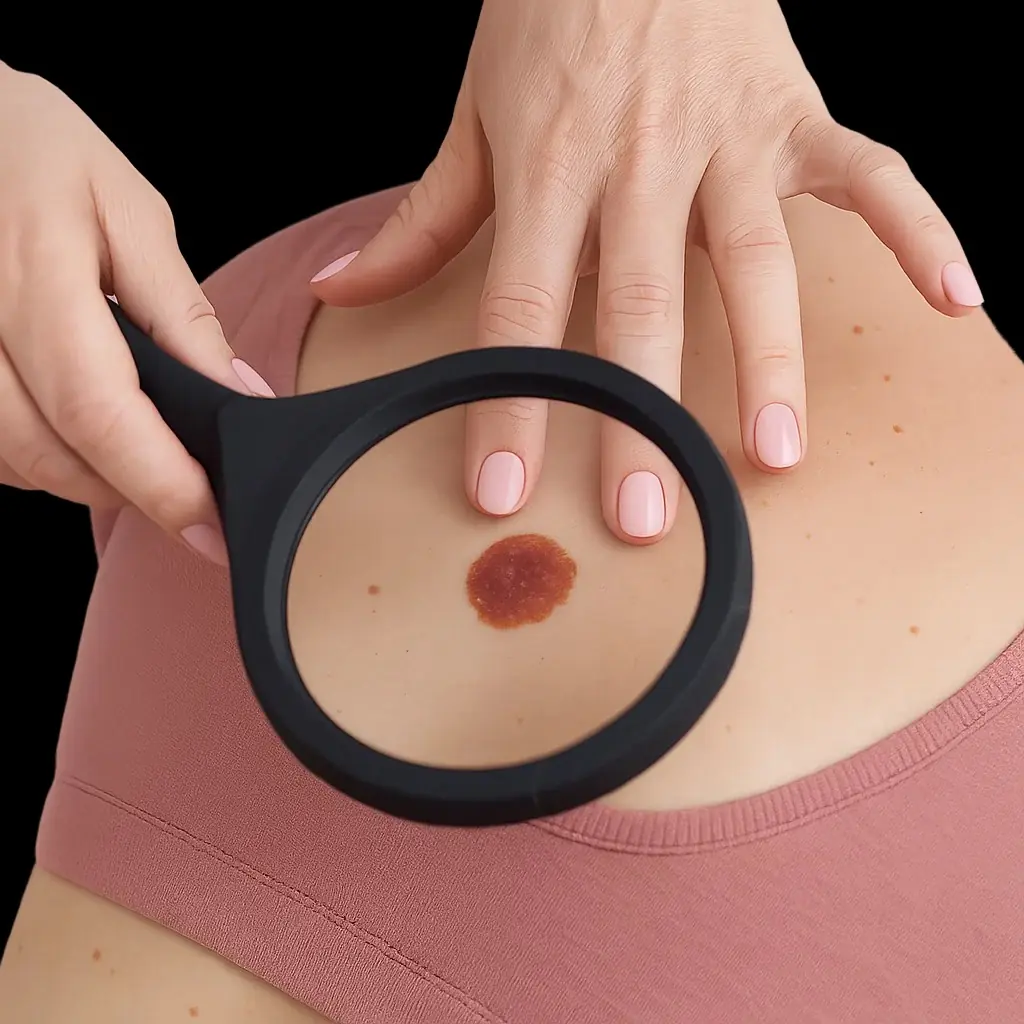
- A Pimple That Doesn't Go Away
The second hidden symptom that Dr. Awdeh points out is a pimple or small growth that doesn’t resolve. While acne or pimples are common, a pimple that persists over time and doesn’t improve with regular skincare treatments might be a sign of basal cell carcinoma (BCC), a slow-growing but common form of skin cancer. Though BCC is typically not life-threatening and does not often spread to other parts of the body, it still requires medical attention. BCC can cause significant disfigurement if left untreated, as it often requires surgical removal of skin tissue. Dr. Awdeh stresses that any unusual pimple or growth should be monitored closely, especially if it appears to worsen or change over time.
Dr. Awdeh elaborated further, saying, “If a pimple doesn’t go away and seems to grow or become more prominent, it could be a basal cell carcinoma, especially if it becomes ulcerated or develops a shiny appearance.” Such growths may appear as flat, red, scaly marks with a shiny, pearl-like rim. They can also develop into lumps that appear to have a raised, smooth surface. These symptoms, though not immediately life-threatening, can lead to significant scarring and complications if left untreated.
Other Common Skin Cancer Warning Signs
While Dr. Awdeh’s two hidden symptoms are lesser-known, it is important to remember that other more obvious signs of skin cancer also warrant attention. Many skin cancers begin in moles or freckles, and it is vital to recognize when these marks change in appearance. The NHS advises individuals to monitor any new or existing moles for the following changes:
- Asymmetry: If one half of the mole or spot doesn’t match the other half.
- Irregular Borders: If the edges of the mole are uneven or jagged.
- Color Changes: If the mole changes color or has multiple colors.
- Large Size: If the mole is larger than a pencil eraser.
- Bleeding or Itching: If the mole bleeds, oozes, or becomes painful and itchy.
Melanoma, the deadliest form of skin cancer, is responsible for around 2,000 deaths annually in the UK, making it the fifth most common cancer. The most common sign of melanoma is a mole that changes in size, color, or shape, and it may start bleeding or scabbing over. Dr. Awdeh noted that the early detection of melanoma is crucial for successful treatment, and being vigilant about changes in skin appearance is one of the most effective ways to spot the disease before it progresses to advanced stages.
In addition to melanoma and BCC, Dr. Awdeh also mentioned that changes in the appearance of existing skin patches can indicate squamous cell carcinoma (SCC), the second most common form of skin cancer. SCC often manifests as red, scaly patches of skin that may bleed or become ulcerated, and it is typically found in areas exposed to sun damage, such as the face, ears, and hands. While SCC is treatable when detected early, it can spread to other organs if left untreated.
Prevention and Early Detection of Skin Cancer
Skin cancer awareness has been increasing in recent years, largely due to advocacy from celebrities who have publicly shared their personal diagnoses. Public figures such as Hugh Jackman, Khloe Kardashian, and Katherine Ryan have used their platforms to encourage sun safety and promote regular skin checks. This heightened awareness is essential in spreading knowledge about the risks of skin cancer and the importance of early detection.
Dr. Awdeh advises that one of the most effective ways to reduce the risk of skin cancer is by practicing sun safety. According to the NHS, the following precautions can help prevent skin damage and lower the risk of developing skin cancer:
- Wear Sunscreen: Use sunscreen with an SPF of at least 30, applying it generously to all exposed skin. Reapply every two hours, and more frequently if swimming or sweating.
- Seek Shade: Avoid prolonged exposure to the sun, especially between 11am and 3pm, when the sun’s rays are strongest.
- Cover Up: Wear protective clothing, a wide-brimmed hat, and sunglasses when outdoors.
- Avoid Tanning Beds: Tanning beds emit harmful UV radiation that increases the risk of developing melanoma and other skin cancers.
- Regular Skin Checks: Perform self-examinations of your skin to check for any new growths or changes in existing moles. Visit a dermatologist for regular check-ups, especially if you have a history of skin cancer or excessive sun exposure.
The Importance of Early Detection
The key to successful treatment of skin cancer is early detection. Melanoma, for example, can be curable if caught in its early stages, but it can become deadly if left untreated. Dr. Awdeh emphasized that staying proactive about skin health and regularly checking for changes in the skin can significantly improve outcomes. “Skin cancer is highly treatable when detected early, but once it spreads to other organs, it becomes much harder to manage,” she explained.
Moreover, even non-melanoma types of skin cancer like basal cell carcinoma and squamous cell carcinoma require timely intervention to avoid complications such as scarring or disfigurement. While these cancers are rarely fatal, they can lead to significant physical and emotional distress if ignored for too long.
Conclusion
Dr. Fatima Awdeh’s identification of two lesser-known symptoms of skin cancer-persistent eczema that doesn’t heal and a pimple that won’t go away-serves as a reminder that skin cancer can sometimes present in subtle ways. Along with the more obvious signs such as changes in moles, these hidden symptoms should be taken seriously. As melanoma and other skin cancers continue to affect thousands of people each year, increasing awareness and promoting regular skin checks are crucial steps in reducing the impact of this disease. By practicing sun safety, staying vigilant for any changes in the skin, and seeking professional medical advice when necessary, individuals can protect themselves from the potentially life-threatening consequences of skin cancer.
News in the same category


4 Common Meat Thawing Mistakes That Could Put Your Family's Health at Risk

Why You Should Unplug the Hotel TV Immediately After Checking In

Doctor warns of alarming health risks of sleeping with a fan on during a heatwave
As the heatwave looms and temperatures continue to rise, it is essential for individuals to consider the hidden health risks associated with sleeping with a fan on.

How to Keep Ripe Avocados Fresh and Creamy for Days

Secret cleaning tip: how to keep your floors clean and dust-free for seven days

How to Tell the Difference Between Naturally Ripened Durian and Chemical-Ripened Ones

3 Simple Items That Help Save Electricity for Your Fridge

The Silent D@nger: 4 'Healthy' Vegetables That Can H@rm Your Kidneys
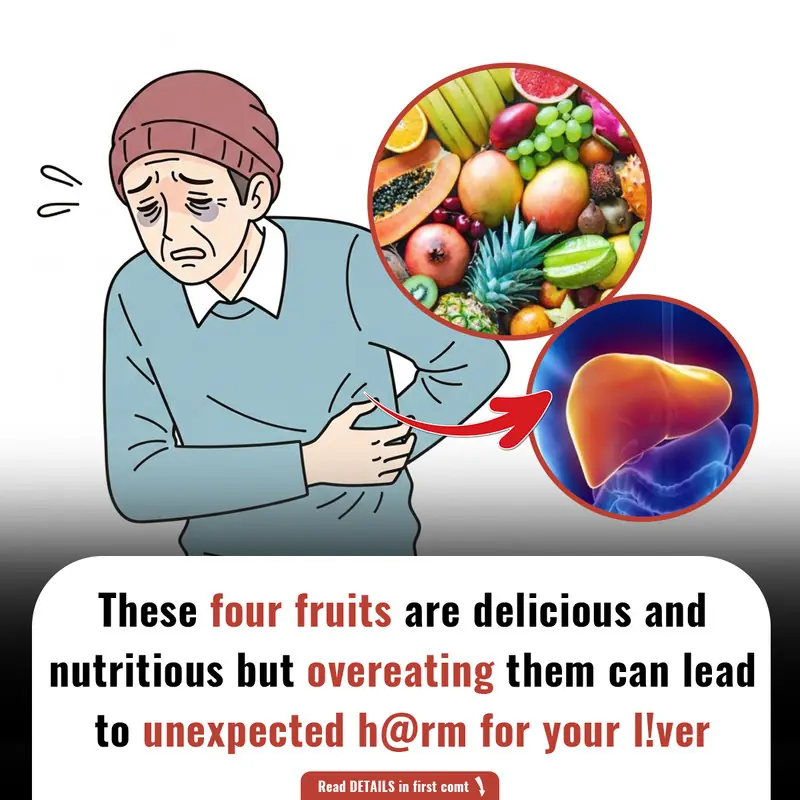
Top 4 Fruits to Limit for a Healthier Liver
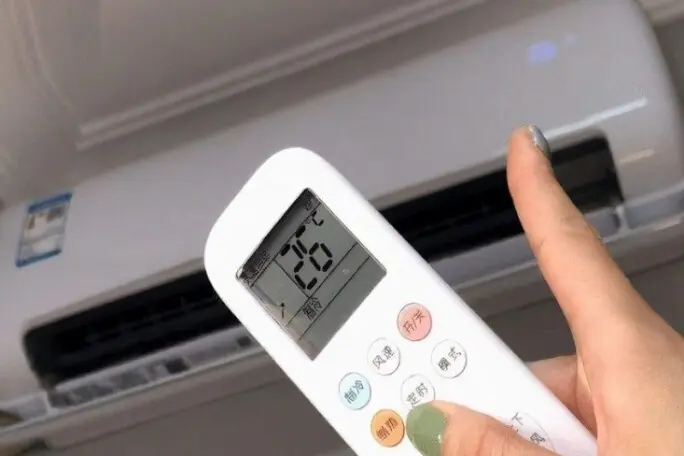
Why Smart People Never Set Their Air Conditioner to 26°C at Night

How to Position Your TV in the Living Room for Optimal Health and Wealth

Hidden D@ngers on Your Dinner Plate: 3 Common Vegetables That May Be D@m@ging Your Digestive Health

Doctors warn just one glass of this drink a day could increase risk of being diagnosed with cancer
A doctor in New York City has discovered a worrying trend between a drink almost two-thirds of Americans enjoy and an aggressive cancer.

Many Confuse This Plant with a Weed, But It’s Actually Full of Surprising Health Benefits
From providing omega-3 fatty acids to supporting heart, bone, and kidney health, purslane offers a wide range of benefits.
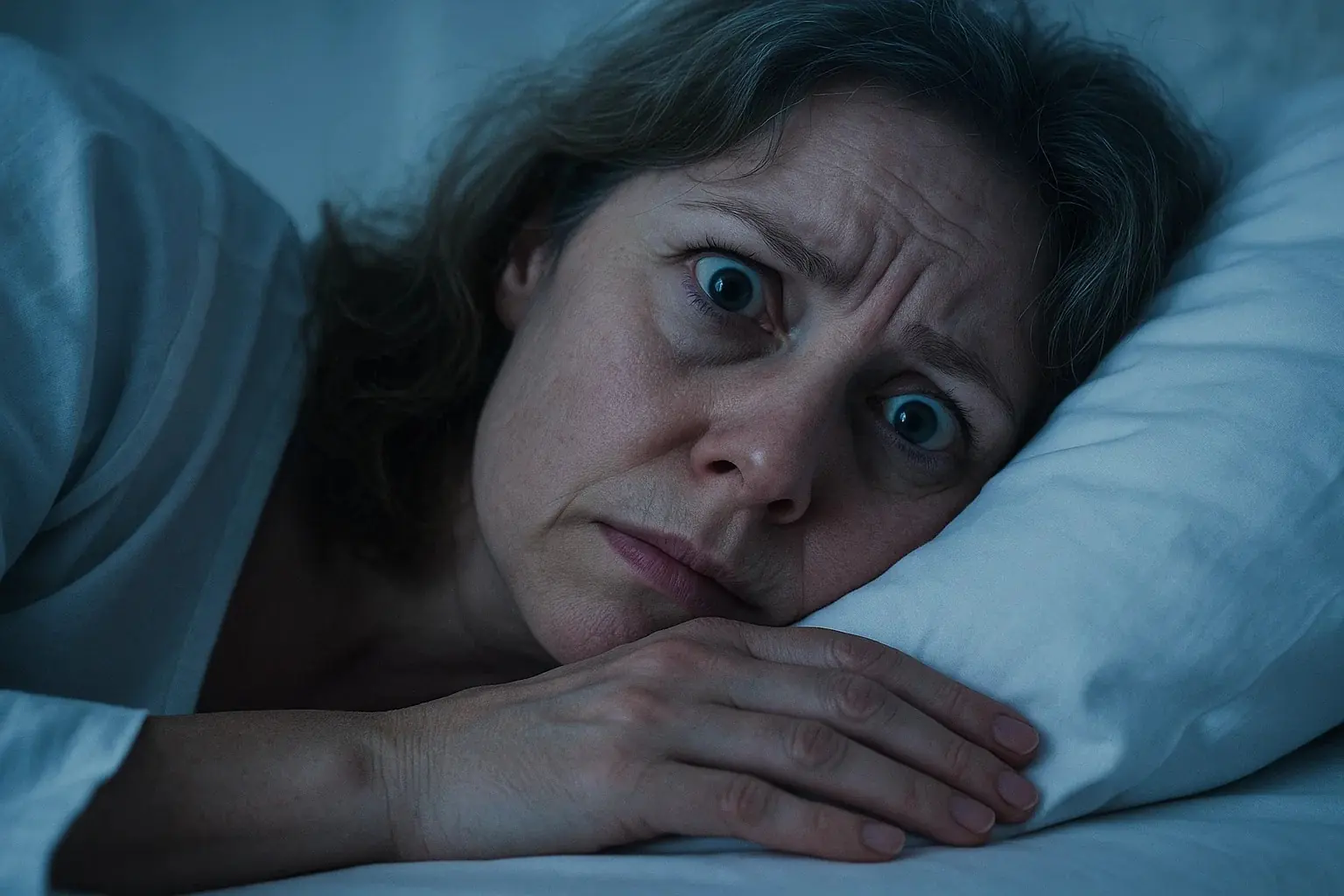
Doctor reveals the one sound people make that means they have under 24 hours left to live
This phenomenon is most commonly observed as the person drifts in and out of consciousness, and their breathing becomes more labored.

Don't Underestimate This Common Feature of Rice Cookers: It Could Be Harmful to Your Health

Smart People Know This Trick: Save Up to 50% on Your Monthly Electricity Bill by Adjusting Your Air Conditioner

Why Smart People Often Insert a Key into the Door When Sleeping: A Simple Habit with Big Benefits
News Post

DIY 3 Seed Drink For Losing Weight Fast: Natural, Effective, and Easy to Make
By combining cumin, fennel, flaxseeds, carom seeds, and ginger, you can support your body’s natural fat-burning processes, improve digestion, and reduce bloating. This natural remedy is affordable, easy to make, and free from harmful chemicals.

3 Yellow Signs and 1 Red Flag: Check Now to See If Your Liver is Healthy

4 Common Meat Thawing Mistakes That Could Put Your Family's Health at Risk

Ancient Indian Hair Oil Remedy: Get Crazy Hair Growth Naturally
The ingredients in this ancient Indian remedy work together to nourish and revitalize the scalp, providing your hair with the nutrients it needs to grow strong, thick, and beautiful.
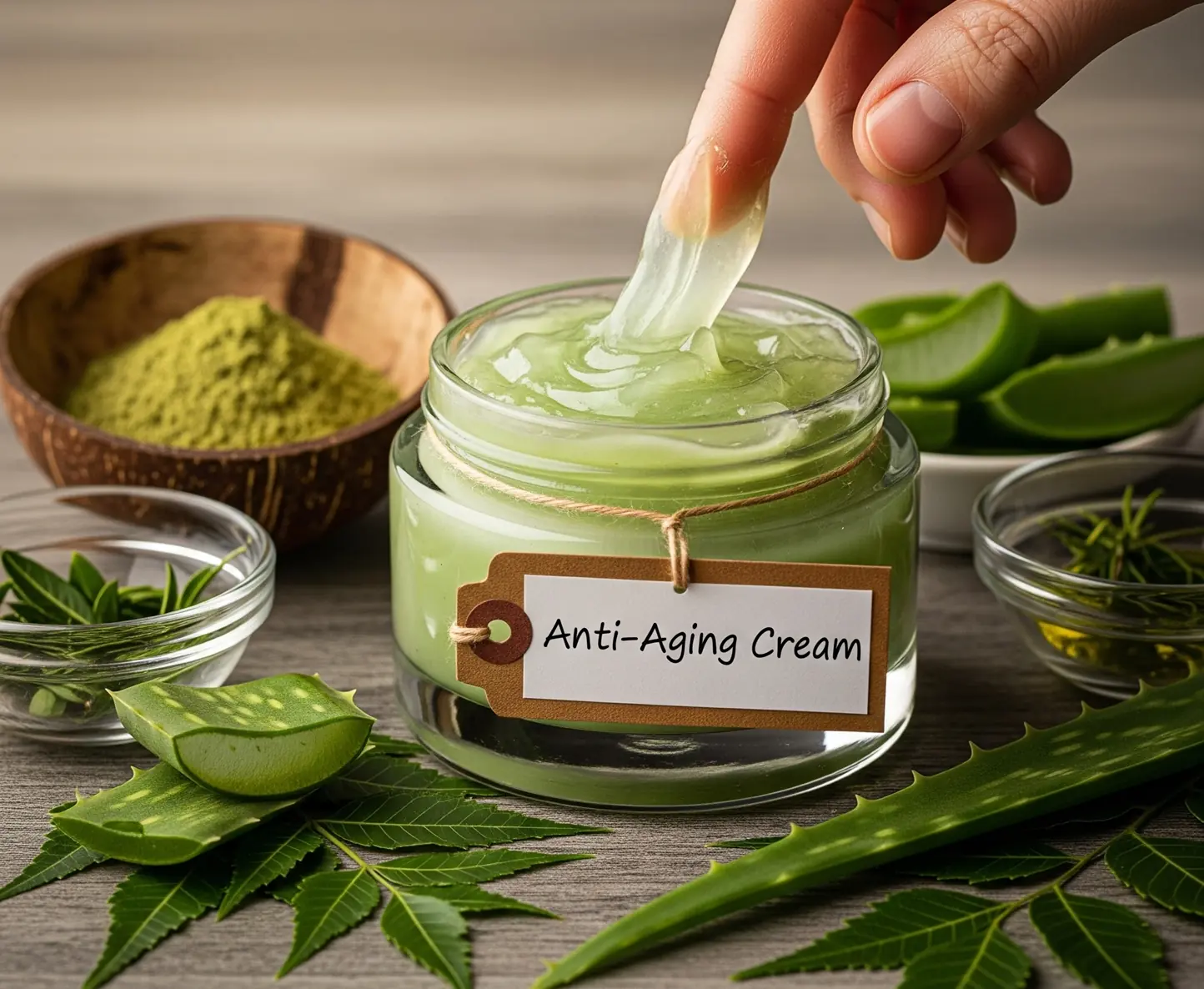
Homemade Neem Gel for Clear and Flawless Skin: Your Ultimate Natural Solution for Acne, Blemishes, and Aging
Incorporating neem gel into your skincare routine is a simple and effective way to achieve clear, healthy, and radiant skin.

Why You Should Unplug the Hotel TV Immediately After Checking In

Doctor warns of alarming health risks of sleeping with a fan on during a heatwave
As the heatwave looms and temperatures continue to rise, it is essential for individuals to consider the hidden health risks associated with sleeping with a fan on.

How to Keep Ripe Avocados Fresh and Creamy for Days

Secret cleaning tip: how to keep your floors clean and dust-free for seven days

How to Tell the Difference Between Naturally Ripened Durian and Chemical-Ripened Ones

Homemade Eye Roll To Get Rid Of Dark Circles: The Ultimate Natural Remedy for Dark Circles
The homemade eye roll remedy we’ve shared today combines the soothing, brightening, and hydrating powers of olive oil, aloe vera, lemon zest, and raw milk to help reduce puffiness, lighten dark circles, and restore the vitality of the delicate skin arou

3 Simple Items That Help Save Electricity for Your Fridge

The Silent D@nger: 4 'Healthy' Vegetables That Can H@rm Your Kidneys

Top 4 Fruits to Limit for a Healthier Liver

Natural Remedy to Reverse Grey Hair: Unlocking the Secrets to Rejuvenate Your Hair Color
This DIY remedy offers a holistic approach to hair health-nourishing from within and the outside.
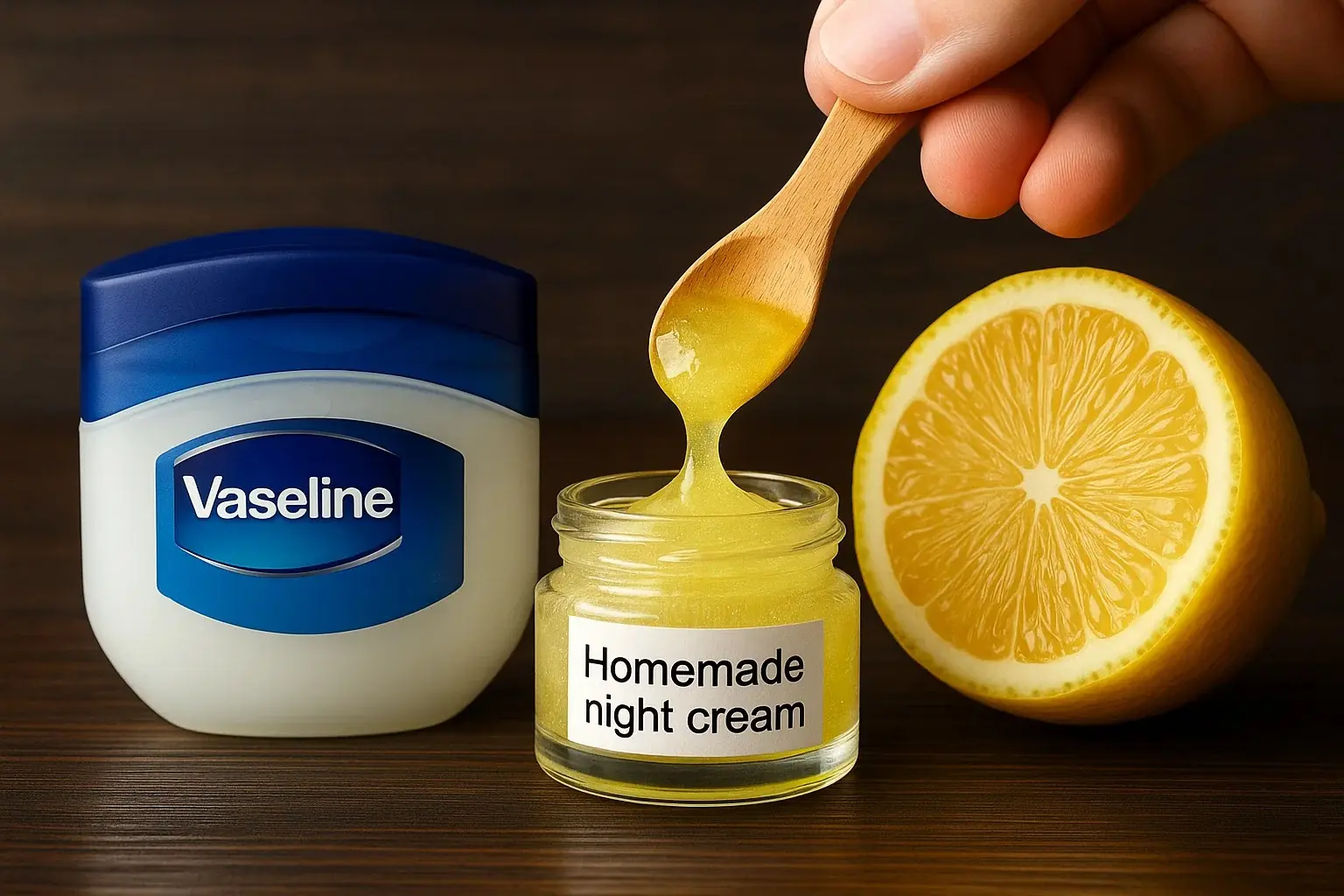
5 Powerful Ways to Use Vaseline for Anti-Aging: Natural Remedies for Smoother, Wrinkle-Free Skin
Try these 5 homemade Vaseline treatments today, and enjoy youthful, wrinkle-free, and radiant skin with the power of nature!

Erase Wrinkles and Achieve Glowing Skin Naturally: The Ultimate Banana Face Pack for Youthful Radiance
By incorporating natural ingredients like banana peels, rice, cornstarch, and lemon juice, you can nourish your skin and achieve a radiant, youthful complexion without harsh chemicals or expensive treatments.

Why Smart People Never Set Their Air Conditioner to 26°C at Night
